In the face of the ongoing COVID-19 pandemic, effective communication strategies are paramount in ensuring public awareness, adherence to health guidelines, and ultimately, controlling the spread of the virus. The term "新冠疫情防控宣传" (COVID-19 prevention and control publicity) encapsulates the essential elements of disseminating accurate information, educating the public, and fostering a sense of collective responsibility towards pandemic management. This article delves into the importance of such communication, the challenges it faces, and effective strategies for promoting COVID-19 prevention measures in an engaging and informative manner.
The Significance of COVID-19 Pandemic Control Communication
Firstly, it is crucial to understand that clear and consistent messaging is vital for public health. During a pandemic, misinformation can spread rapidly, leading to panic, mistrust in official sources, and a decline in adherence to recommended health protocols. Effective communication not only informs individuals about the nature of the virus, its transmission routes, and prevention measures but also reinforces the importance of social distancing, hand hygiene, and vaccination (where applicable). It fosters a culture of responsibility among the population, encouraging individuals to prioritize their own health and that of their communities.
Challenges in COVID-19 Pandemic Control Communication
1、Misinformation and Disinformation: The internet's vastness has become a double-edged sword. While it offers a platform for rapid information dissemination, it also facilitates the spread of false or misleading information. Conspiracy theories, unverified cures, and fake news can undermine public trust in official sources and undermine prevention efforts.
2、Cultural and Educational Differences: Different communities may have varying levels of access to information, literacy rates, and cultural beliefs that influence their response to health messages. For instance, some may be more resistant to wearing masks due to cultural norms or misconceptions about their effectiveness.
3、Language Barriers: In multilingual or multicultural societies, failing to provide information in local languages can lead to a significant portion of the population remaining uninformed or misinformed. This is particularly acute in rural or remote areas where access to English or dominant languages may be limited.
4、Economic Impact: The pandemic has had a profound impact on people's livelihoods, leading to job losses, business closures, and financial stress. This can result in reduced attention on health matters due to prioritization of survival needs.
Strategies for Effective COVID-19 Pandemic Control Communication
To overcome these challenges and ensure a comprehensive and impactful communication campaign, several strategies can be employed:
1、Multichannel Approach: Utilize a variety of communication channels such as television, radio, social media, print media, and community outreach programs. This ensures that information reaches different segments of the population through their preferred channels. For instance, older adults may rely more on traditional media while younger generations are more active on social media platforms.
2、Simplified Language and Visual Aids: Use simple language and clear visuals (infographics, videos) to convey complex health information. This approach is particularly effective for those with lower literacy levels or those who may struggle with reading comprehension. Visual aids can help illustrate concepts like proper handwashing techniques or social distancing in an engaging way.
3、Culturally Sensitive Messaging: Tailor messages to specific cultural groups by incorporating local customs and beliefs into health education materials. For instance, addressing concerns related to masks in a way that respects local traditions while emphasizing their importance for public health can help overcome resistance.
4、Localization and Translation: Ensure that information is available in multiple languages and dialects to reach all segments of the population. This includes producing localized content for specific regions or communities and providing translation services where necessary. Involving local influencers or community leaders can also help in relaying messages in a way that resonates with their audience.
5、Interactive Engagement: Encourage two-way communication through online forums, surveys, or hotlines where people can ask questions or share their concerns. This not only helps in addressing misconceptions but also builds trust by demonstrating that authorities are responsive to public needs.
6、Targeted Education Programs: Develop tailored education programs for specific groups such as children, seniors, or those with pre-existing health conditions. These programs can include age-appropriate content or modifications to accommodate specific needs. For instance, educational materials for children can be designed with fun illustrations and interactive activities to make learning about hygiene practices enjoyable.
7、Media Literacy Campaigns: Educate the public on how to distinguish credible information from false or misleading content. This includes teaching critical thinking skills and verifying sources before sharing information on social media platforms. Media literacy campaigns can be integrated into school curricula or conducted through public service announcements.
8、Collaboration with Local Authorities and Communities: Partner with local governments, schools, businesses, and community organizations to amplify messages and ensure they are delivered at the grassroots level. This approach fosters a sense of collective responsibility among stakeholders and reinforces the importance of following health guidelines within their respective networks.
Case Study: Successful COVID-19 Pandemic Control Communication Examples
South Korea's "Test-Trace-Treat" Campaign: South Korea's aggressive testing strategy combined with effective communication was a key factor in its relatively successful management of the pandemic. The government used a mix of traditional and digital media to disseminate information about testing centers, encouraged citizens to get tested even if they were asymptomatic, and provided regular updates on test results through a user-friendly app called "Korea COVID-19." This transparency built trust and encouraged compliance with other prevention measures.
India's "Jan Aushadhi" Campaign: India's "Jan Aushadhi" (People's Medicine) campaign aimed at promoting awareness about COVID-19 vaccines by using local languages and cultural icons in its messaging. By involving popular actors and musicians from diverse backgrounds, it reached a wide audience across different regions and social strata. The campaign emphasized the importance of vaccination while addressing common concerns through relatable stories and visuals.
The World Health Organization's "Stay Home" Campaign: The WHO's "Stay Home" campaign used simple yet powerful visuals and messaging across multiple platforms to emphasize the importance of social distancing during the early stages of the pandemic. The campaign featured relatable scenarios that resonated with people worldwide while providing clear instructions on how to stay safe at home during lockdown periods. It also emphasized the role of individuals in controlling the spread of the virus by emphasizing "together we can stop the spread."
Conclusion: A Collaborative Effort for Effective COVID-19 Pandemic Control Communication
The success of COVID-19 pandemic control communication lies in its ability to reach diverse populations with accurate and relevant information through multiple channels while addressing cultural differences and language barriers effectively. It is a collaborative effort that requires the involvement of governments, healthcare professionals, media organizations, community leaders, and most importantly, every individual in society. By adopting a comprehensive approach that combines targeted education programs with interactive engagement strategies while maintaining transparency and trust in official sources, we can effectively combat misinformation and promote public health awareness during this challenging time. As we continue to navigate through this pandemic together, effective communication remains a vital tool for ensuring our collective safety and well-being.
转载请注明来自爬爬百科,本文标题:《COVID-19疫情控制,提高公众意识的有效沟通策略》



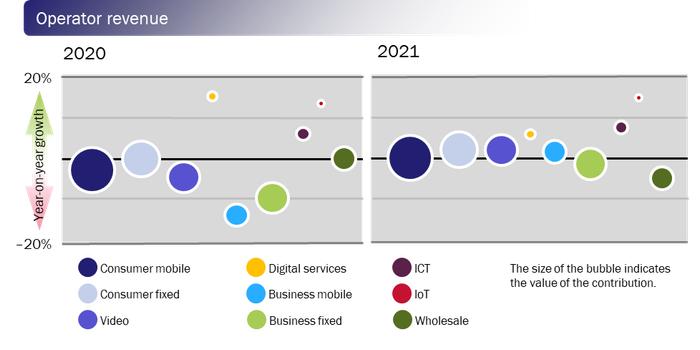
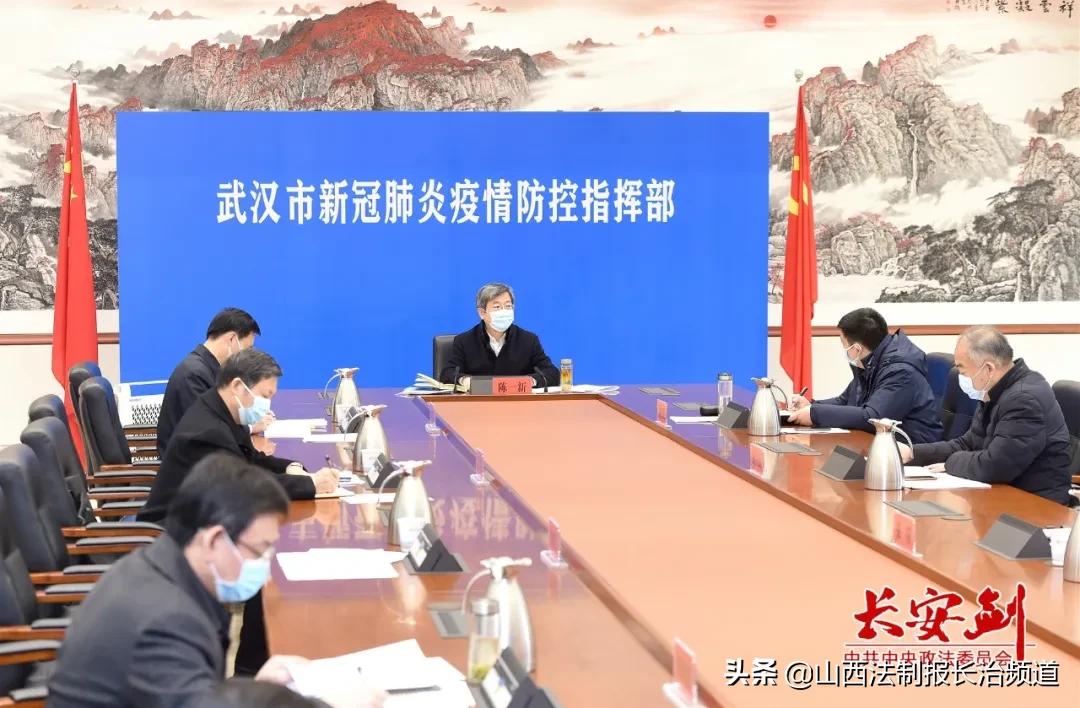

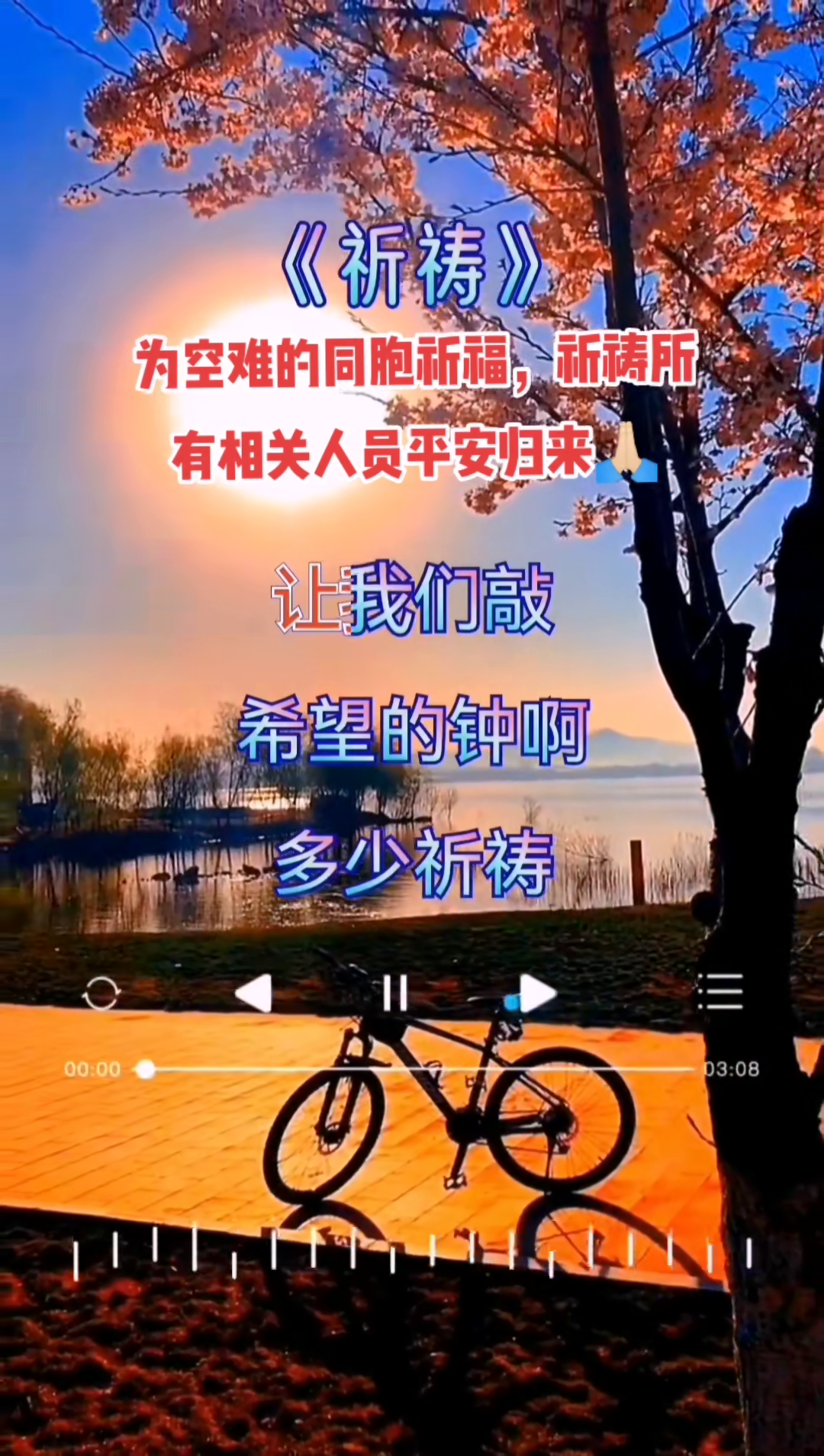
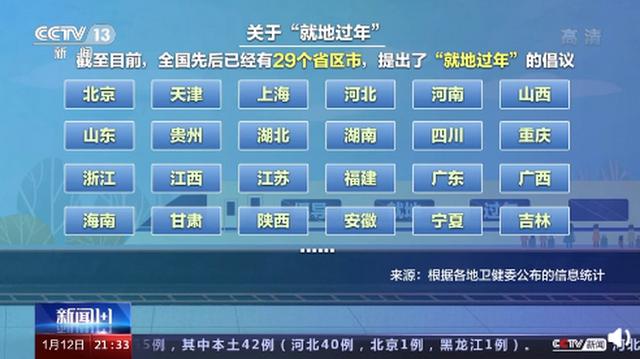

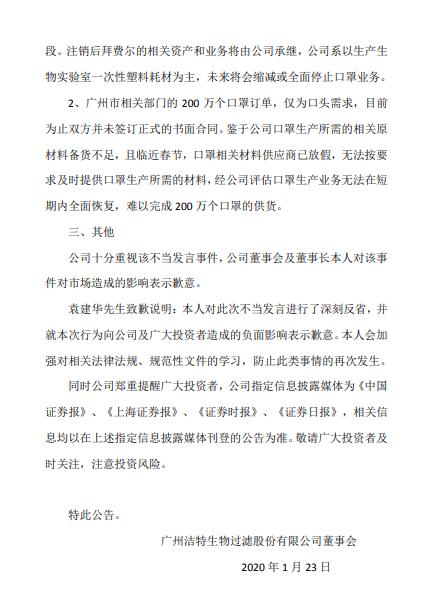

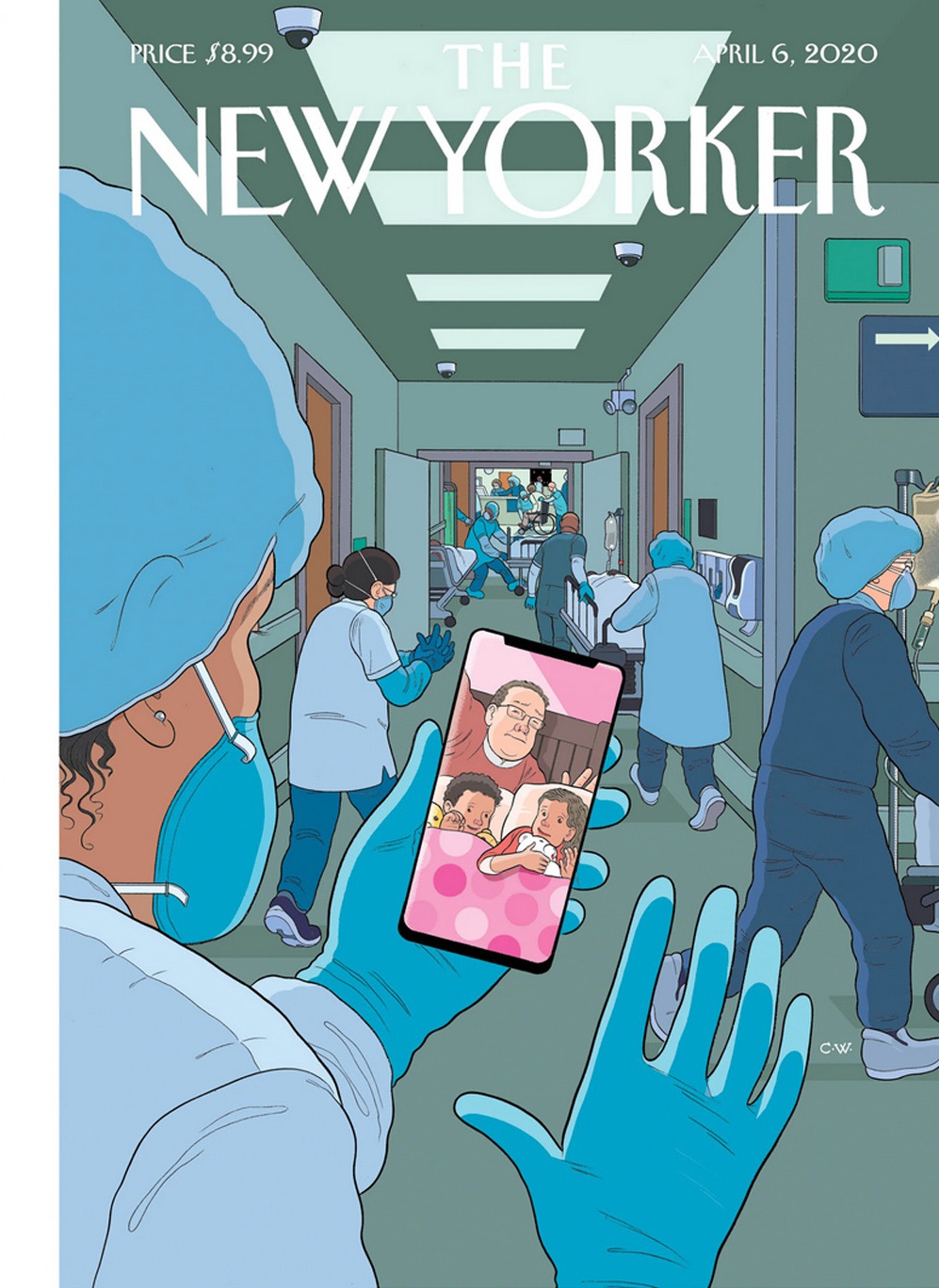
 京ICP备11000001号
京ICP备11000001号
发表评论